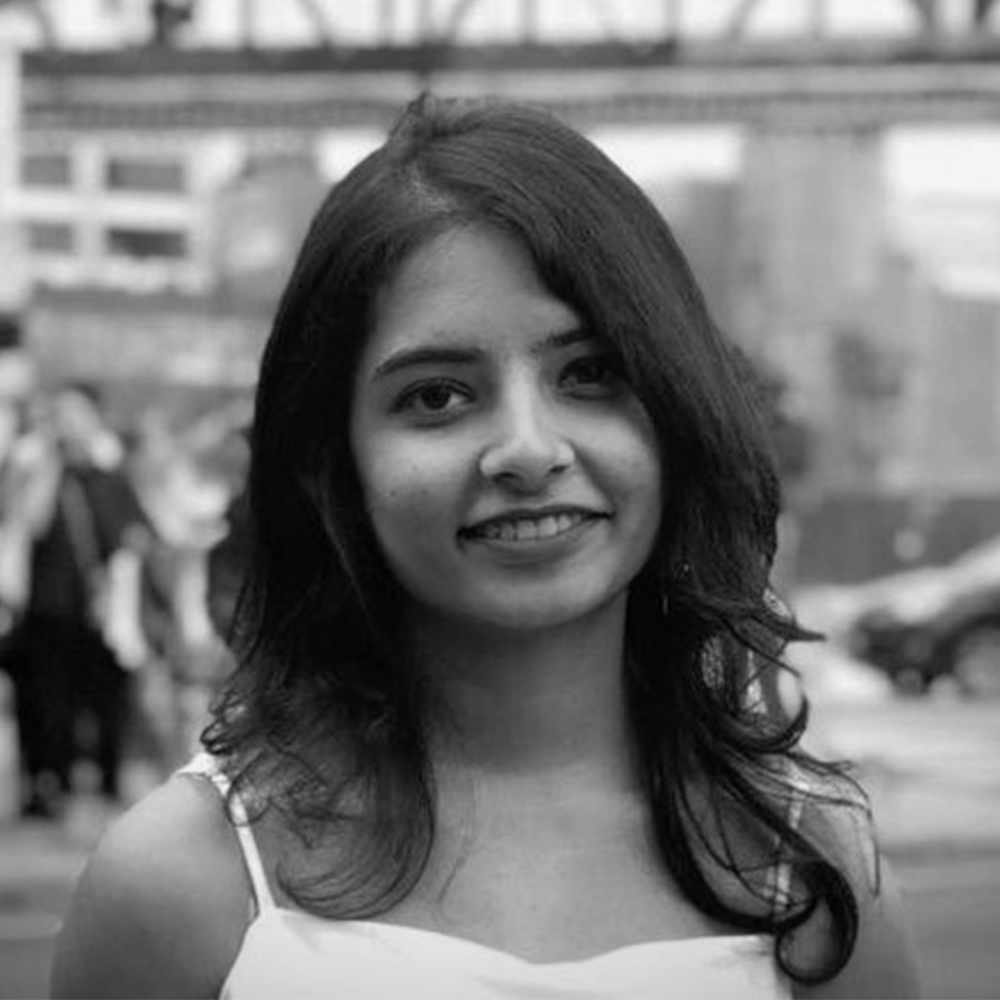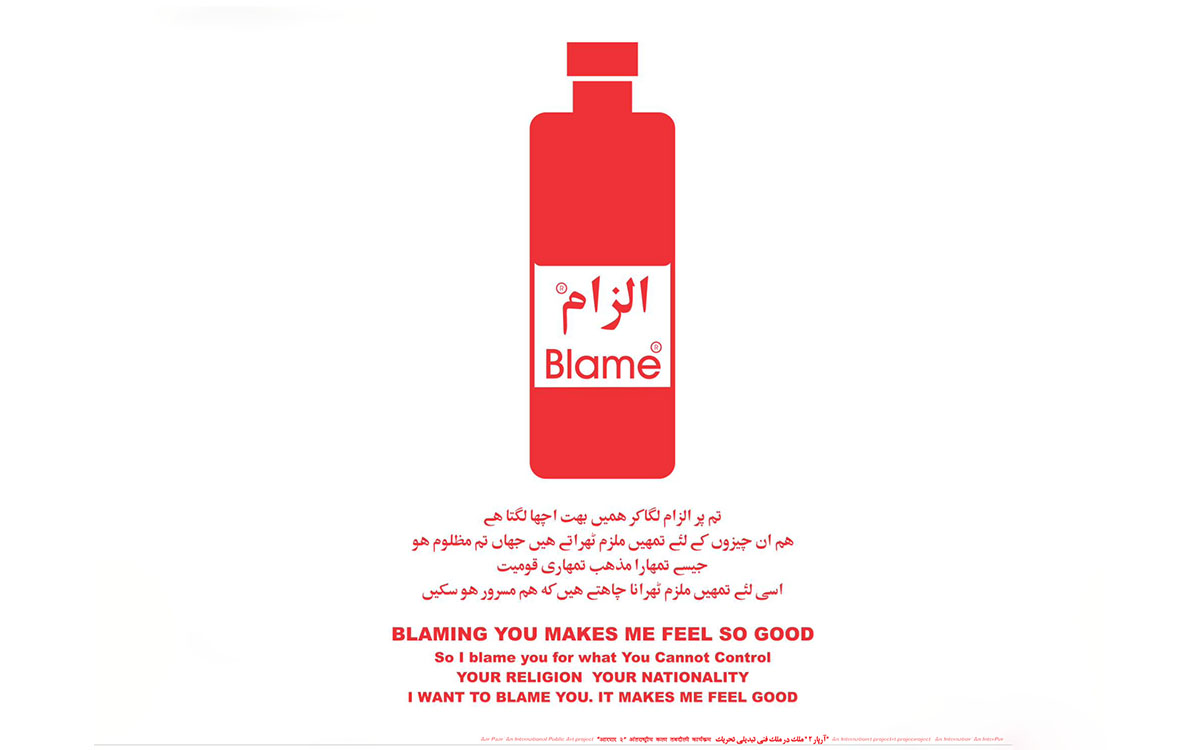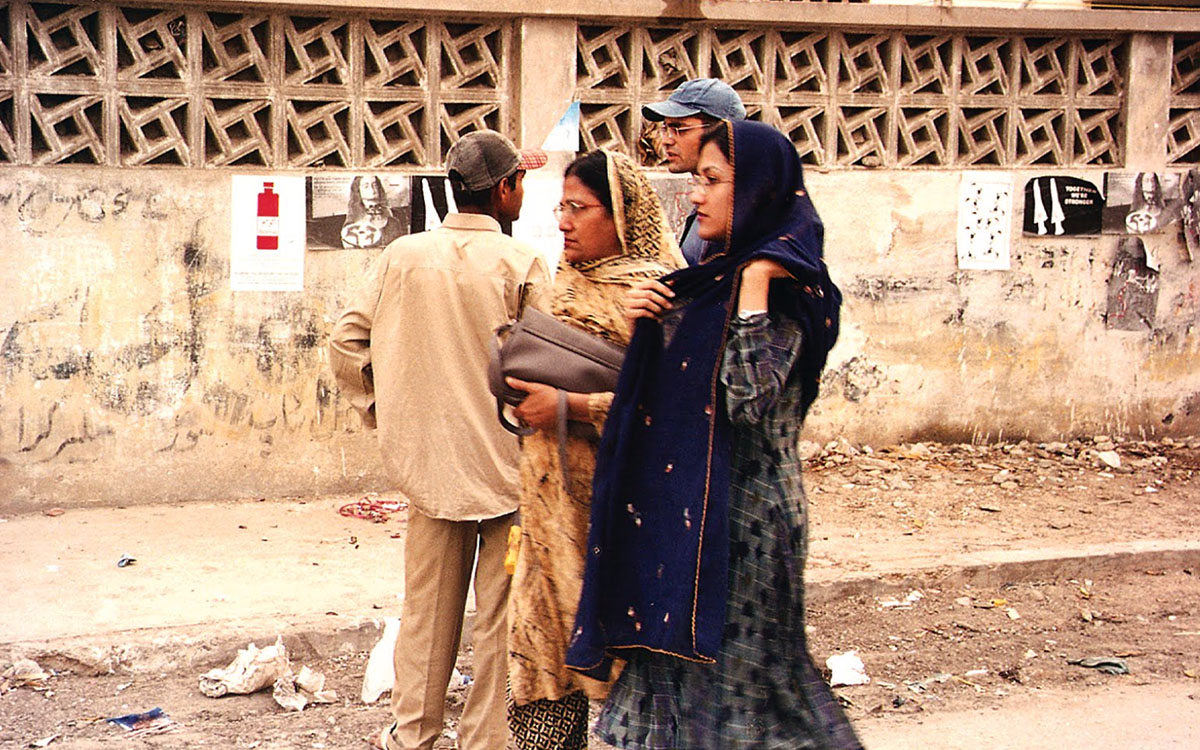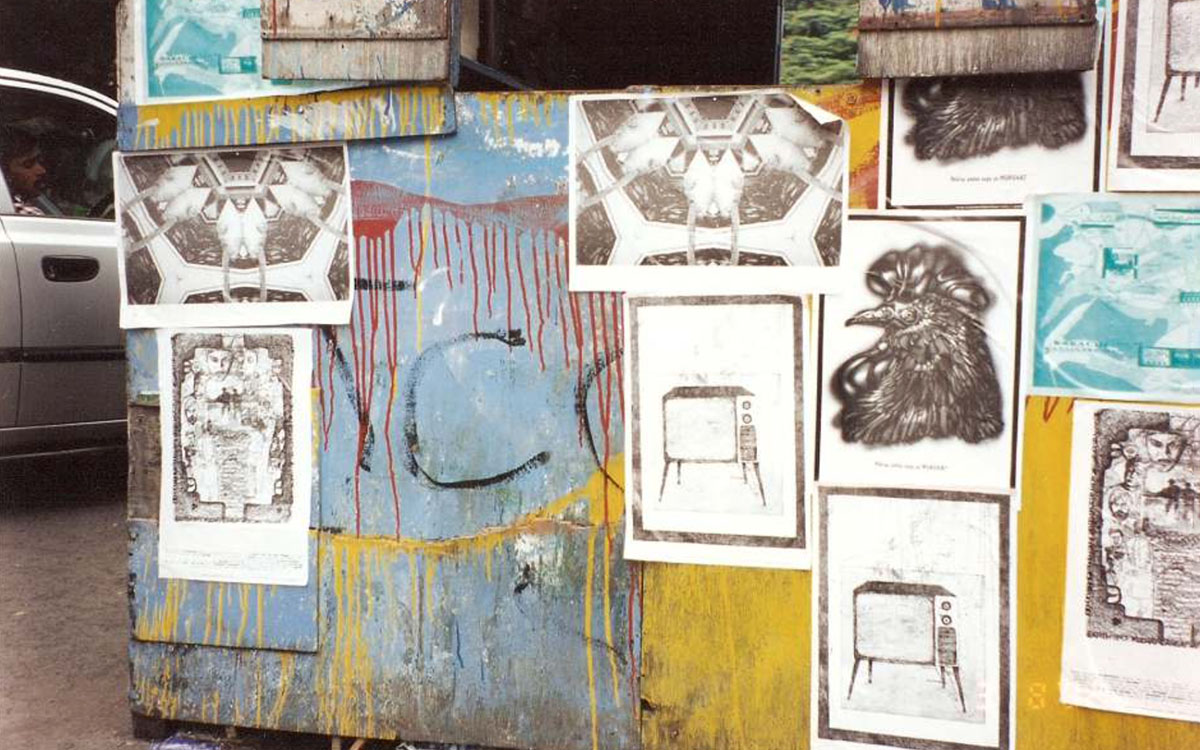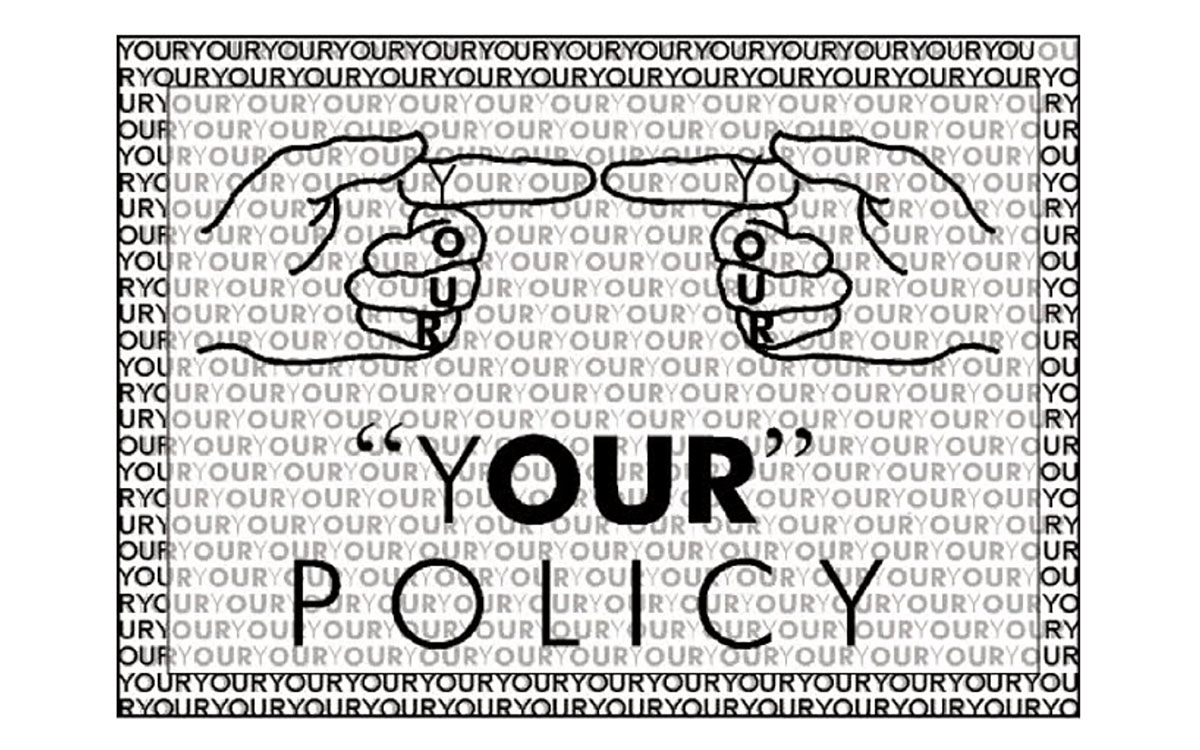STORIES
Collaboration amidst Contention: A Crossborder Art Exchange
The 1947 partition of India and Pakistan created a fissure within the subcontinent, leaving behind an impenetrable border and severe bureaucratic structures. Its tremors continue to be felt today. In response to the feeling of animosity between the countries, Aar Paar — a public art exchange project between Karachi and Mumbai — was created based on aspirations of kinship and solidarity. The phrase aar-paar, used in both Hindi and Urdu, translates to “this side and that side” but also refers to the idea of osmosis and a piercing of boundaries.
Tensions along the border between India and Pakistan were heightened by the escalating conflicts in Kashmir as well as nuclear tests conducted by both India and Pakistan in 1998, culminating in the Kargil war of 1999. It was in the immediate aftermath of the war that the first iteration of Aar Paar was held in July 2000. While it took place during this fraught political period, its roots emerged from moments of friendship and collaboration. Led by Pakistani artist Huma Mulji and Indian artist Shilpa Gupta, the project was conceptualised following their participation in an international artists’ workshop organised by the Khoj International Artists Association in 1999. In a paper appearing in Third Text, Gupta speaks to the art historian Karin Zitzewitz about her relationship with Mulji, saying, “We understood each other’s jokes.” She recalls talking to Mulji about keeping their friendship alive, their impulse to collaborate sharpened by the heightening political tensions and difficulties of cross-border travel.
The project took place in three iterations in 2000, 2002 and 2004 and expanded to include several artists such as Tushar Joag, Imran Qureshi and Sharmila Samant. The first iteration was premised on an exchange of physical artworks mailed across the border. The second exchange took place digitally with works that were emailed between the cities and mass produced in the destination city using cheap offset printing. The third involved the submission of video pieces that were projected in public spaces in Mumbai and Lahore.
The project relied deliberately on incidental viewing as the art was scattered across public sites in Mumbai and Karachi and camouflaged into the fabric of the city. Instead of an exclusive space of an art museum or gallery, the works could only be encountered if you happened to be at a local tea stall, paan (betel-nut) shop or newspaper stand. Not only did this allow for the artists to avoid the constraints of institutions and slip under the radar, but it also allowed for wider dissemination of their message.
Ideas of social solidarity and political critique permeated the images created for the project. Some artists participating in the project were less biting in their commentary, choosing to imbue their works with emotions of affect and empathy. Shilpa Gupta’s 2002 Blame project subverts the political narrative that nations, communities or beliefs designated as the “other” are responsible for socio-political issues. In addition to the Blame posters that were plastered across Karachi and Mumbai, Gupta posed as a salesperson for the commodity of “blame”. Riding on local trains, Gupta offered other commuters “blame,” packed in bottles filled with a blood-red fluid, evoking the hawkers that frequent public transport in India. The text on the poster and the bottles reads “Blaming you makes me feel so good so I blame you for what you cannot control: your religions, your nationality. I want to blame you. It makes me feel good.”
Other works met with backlash. Despite its direct message of political unity, Pakistani artist Roohi Ahmed’s work — displayed in Mumbai in 2000 — was perhaps one of the most contentious images of the project. The composition is reminiscent of children’s school textbooks, with diagrams of DNA strands, mathematical formulas, and a line drawing of a map of the subcontinent occupying the centre of the composition. The text in the bottom right corner in Urdu (notably a language that would be legible only to a few in Mumbai) adds the alphabets H for Hindu and M for Muslim, equating them to spell “hum,” the Hindi and Urdu word for “us.”
Elaborating on the opposition to the work, organisers of Aar Paar state: “Roohi Ahmed’s work had to be returned back to be shown in Karachi. The map of the country as used in the work did not resemble maps available locally in Mumbai and people were not ready to exhibit the work on the streets.” The reluctance of the local people to exhibit a map that did not reflect the one used by the Indian government reveals the constraints that the participating artists continued to be bound by despite their active choice to work outside of bureaucratic structures.
Aar Paar marked an important moment in the history of contemporary art in the subcontinent: when the promise of art-making as a subversive tool to unsettle the rigid ideas of “here” and “there” was deployed — transgressing political and institutional constraints and countering state suppression.



